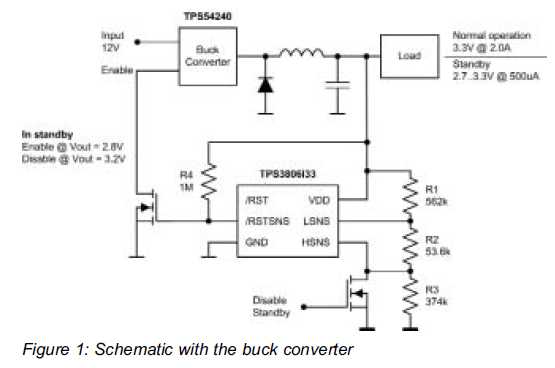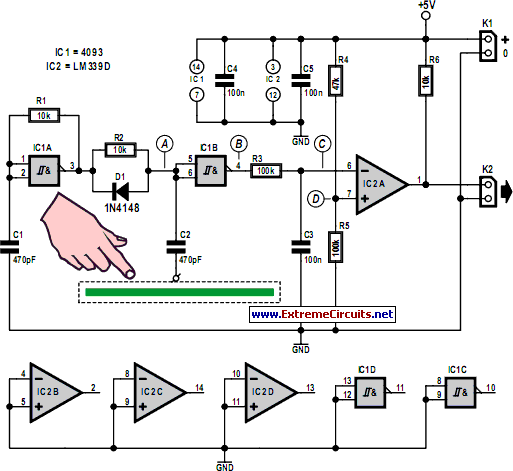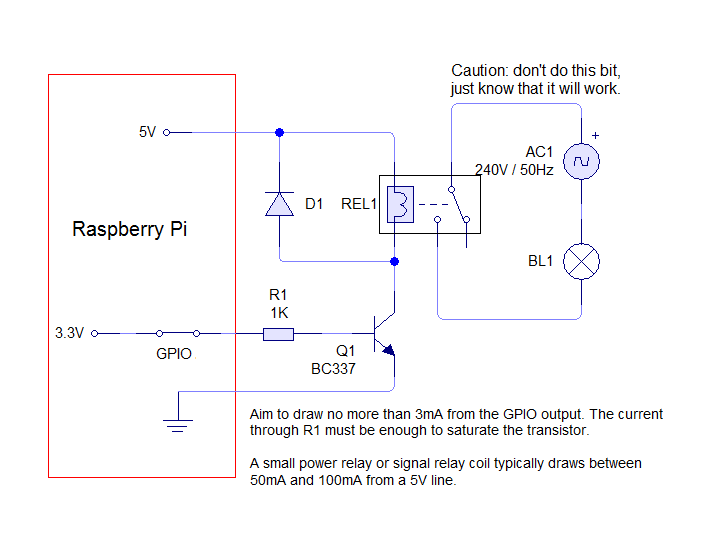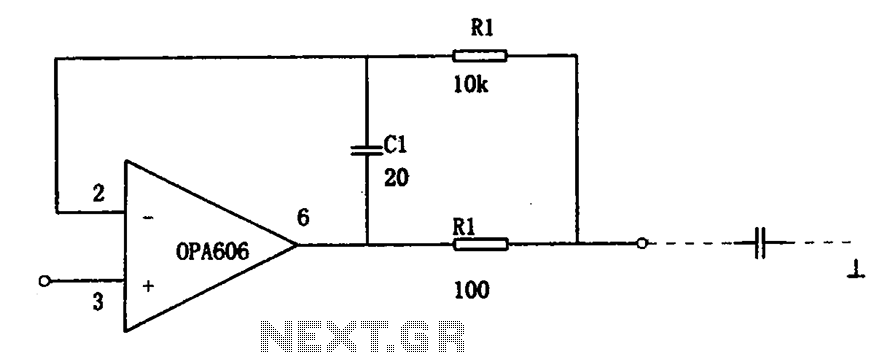
The MAX4104 4105 4304 4305 as the driving capacitive loads
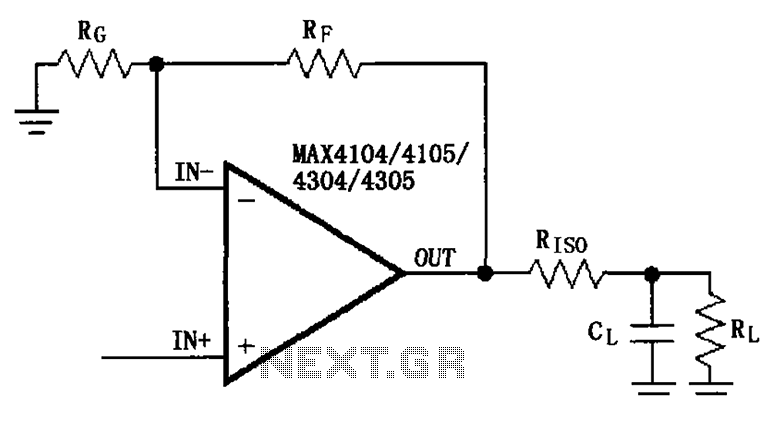
The circuit depicted in the figure utilizes the MAX4104/4105/4304/4305 operational amplifiers, incorporating a capacitive load driving circuit with an isolation resistor (RISO). The maximum allowable capacitive load for these amplifiers is 10pF, beyond which there is a substantial risk of overshoot and ringing oscillation. The inclusion of the isolation resistor RISO between the output terminals and the load is intended to mitigate these issues by suppressing overshoot and oscillations.
The described circuit leverages the characteristics of the MAX4104/4105/4304/4305 operational amplifiers, which are designed for high-speed applications. These amplifiers can drive capacitive loads, but their performance can degrade significantly when the load exceeds specified limits. The capacitive load, when too high, can lead to instability in the feedback loop, resulting in undesirable oscillations.
To address this challenge, the isolation resistor RISO is strategically placed in series with the load. This resistor serves multiple purposes: it introduces a damping effect that reduces the Q-factor of the resonant circuit formed by the output capacitance and the load, thereby minimizing overshoot and ringing. The value of RISO needs to be carefully selected to balance the trade-off between stability and bandwidth. A higher resistance will improve stability but may reduce the bandwidth of the amplifier, while a lower resistance may enhance bandwidth but could lead to increased overshoot.
The overall design should also consider the characteristics of the load being driven. The load could be a capacitive sensor, an ADC input, or any other application where high-speed signal integrity is paramount. The circuit must ensure that the output voltage levels remain within the specified limits while maintaining signal fidelity.
In summary, the implementation of an isolation resistor in conjunction with the MAX4104/4105/4304/4305 operational amplifiers is crucial for achieving stable operation when driving capacitive loads. Proper selection of RISO is essential to optimize performance, ensuring that the circuit functions effectively without introducing unwanted artifacts such as overshoot or ringing. As shown in FIG grounds MAX4104/4105/4304/4305 using the capacitive load driving circuit isolation resistor RISO constructed. MAX4104/4105/4304/4305 the maximum permissible cap acitive load respectively 10pF, more than likely to overshoot and ringing oscillation. The circuit between the output terminals and the load plus an isolation resistor RISO, for suppressing overshoot ringing and ringing.
The described circuit leverages the characteristics of the MAX4104/4105/4304/4305 operational amplifiers, which are designed for high-speed applications. These amplifiers can drive capacitive loads, but their performance can degrade significantly when the load exceeds specified limits. The capacitive load, when too high, can lead to instability in the feedback loop, resulting in undesirable oscillations.
To address this challenge, the isolation resistor RISO is strategically placed in series with the load. This resistor serves multiple purposes: it introduces a damping effect that reduces the Q-factor of the resonant circuit formed by the output capacitance and the load, thereby minimizing overshoot and ringing. The value of RISO needs to be carefully selected to balance the trade-off between stability and bandwidth. A higher resistance will improve stability but may reduce the bandwidth of the amplifier, while a lower resistance may enhance bandwidth but could lead to increased overshoot.
The overall design should also consider the characteristics of the load being driven. The load could be a capacitive sensor, an ADC input, or any other application where high-speed signal integrity is paramount. The circuit must ensure that the output voltage levels remain within the specified limits while maintaining signal fidelity.
In summary, the implementation of an isolation resistor in conjunction with the MAX4104/4105/4304/4305 operational amplifiers is crucial for achieving stable operation when driving capacitive loads. Proper selection of RISO is essential to optimize performance, ensuring that the circuit functions effectively without introducing unwanted artifacts such as overshoot or ringing. As shown in FIG grounds MAX4104/4105/4304/4305 using the capacitive load driving circuit isolation resistor RISO constructed. MAX4104/4105/4304/4305 the maximum permissible cap acitive load respectively 10pF, more than likely to overshoot and ringing oscillation. The circuit between the output terminals and the load plus an isolation resistor RISO, for suppressing overshoot ringing and ringing.
